Featured image: Jack Atkinson
Looking at BASE jumpers doing the thing they love can sometimes feel like we’re observing aliens from a far flung planet. They look like humans, they sound like humans, but their willingness to hurl themselves off stuff – with seemingly no regard for their own safety – somehow doesn’t always compute with our own brain’s hardwired, and extremely primal, sense of self preservation.
Even now, many years on from BASE jumping’s ‘arrival’ on the outdoor scene, there’s still so little we actually know about this dangerous, often deadly, action sport. We know that the BASE in ‘BASE jumping’ stands for Buildings, Antennas, Spans (aka bridges) and Earth, but apart from that it can feel like our understanding of it is still akin to a nursery kid trying to wedge square blocks into triangles.
What drives these people? What motivates them to do what they do? ‘Exit Point’, which focuses on British BASE jumper and all-round adventurer Tim Howell, aims to answer some of these questions.
Directed by Kyle MacFadzean and produced by Offbeat London, it’s a film which takes a deep dive on the unique mindset of someone who loves putting himself on the frontline of gravity. Before the film’s release, a film you can watch in this very article, we caught up with Tim to ask him some questions.
Hey Tim. Tell us about Exit Point. What’s it about?
So, basically the producer came to me with an idea. He had some spare time, and wanted to film me. This was nice for me because I had a physical project in place upon which a narrative around risk could be built. Risk in the sport, and how we perceive it.
The objective of the project was to climb and do a skiing BASE jump. It was a winter season, and obviously we were fairly limited with what we could do, but I thought why not film in this beautiful ski resort? I’ll ice climb to get to the top of this cliff, and then do a ski BASE jump off.
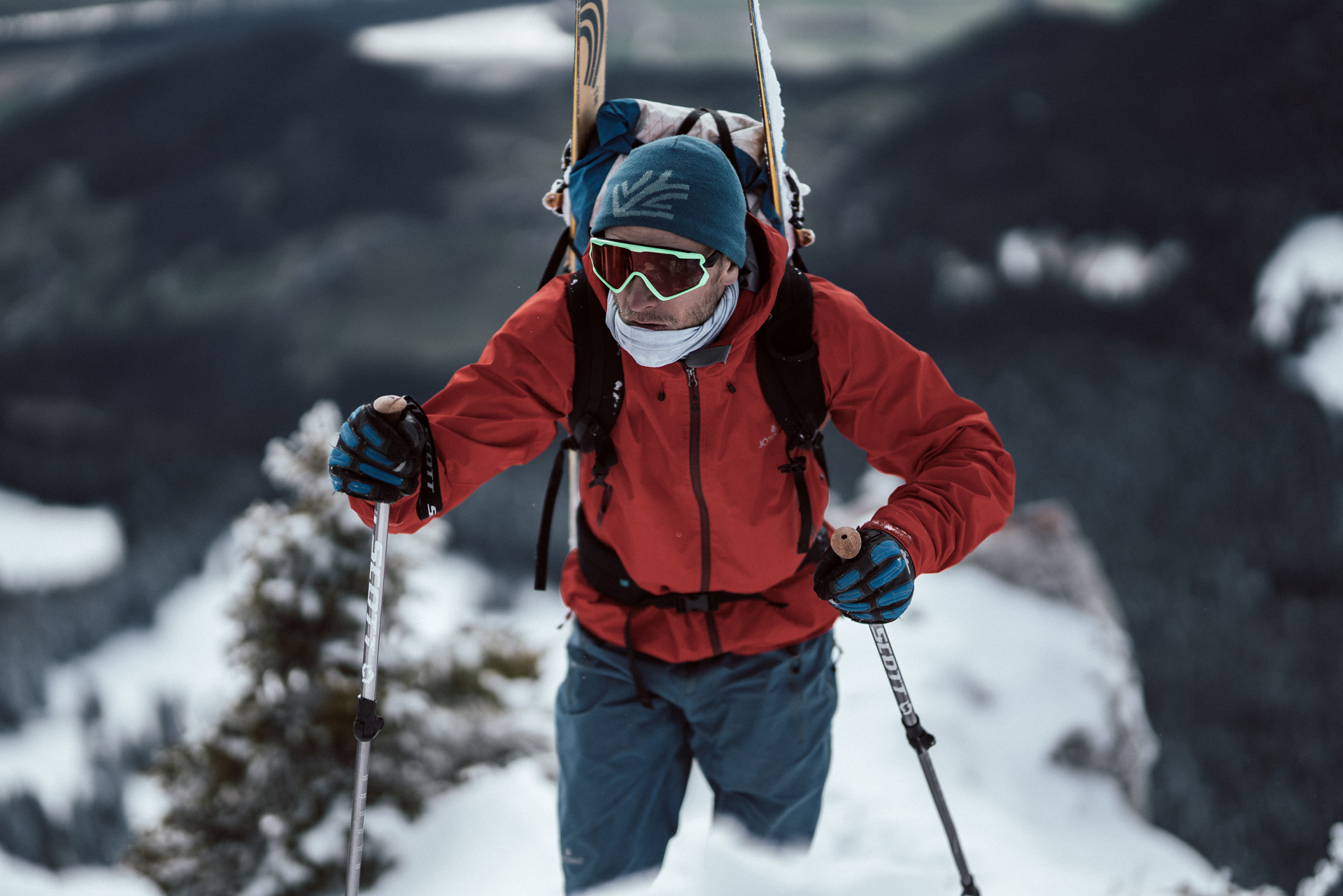
Where is this location?
It’s called Leysin. It’s in Switzerland.
Taking it all the way back, how did you first get into BASE jumping?
For me, I was climbing for a lot longer before I was jumping and skydiving. All these places I used to go climbing in, I’d see BASE jumpers. So, for me, it was almost this logical kind of progression – to climb up things, and then jump off them.
The first time I saw a wingsuiter, I was sleeping 500 metres up on this big wall on a cliff in Italy. And I got woken up about five o’clock in the morning by like wingsuiters flying past us. Now, I go back to that place at least a couple of times a year and jump there. And teach other people to jump at the same location.
It’s kind of done a full circle for me.
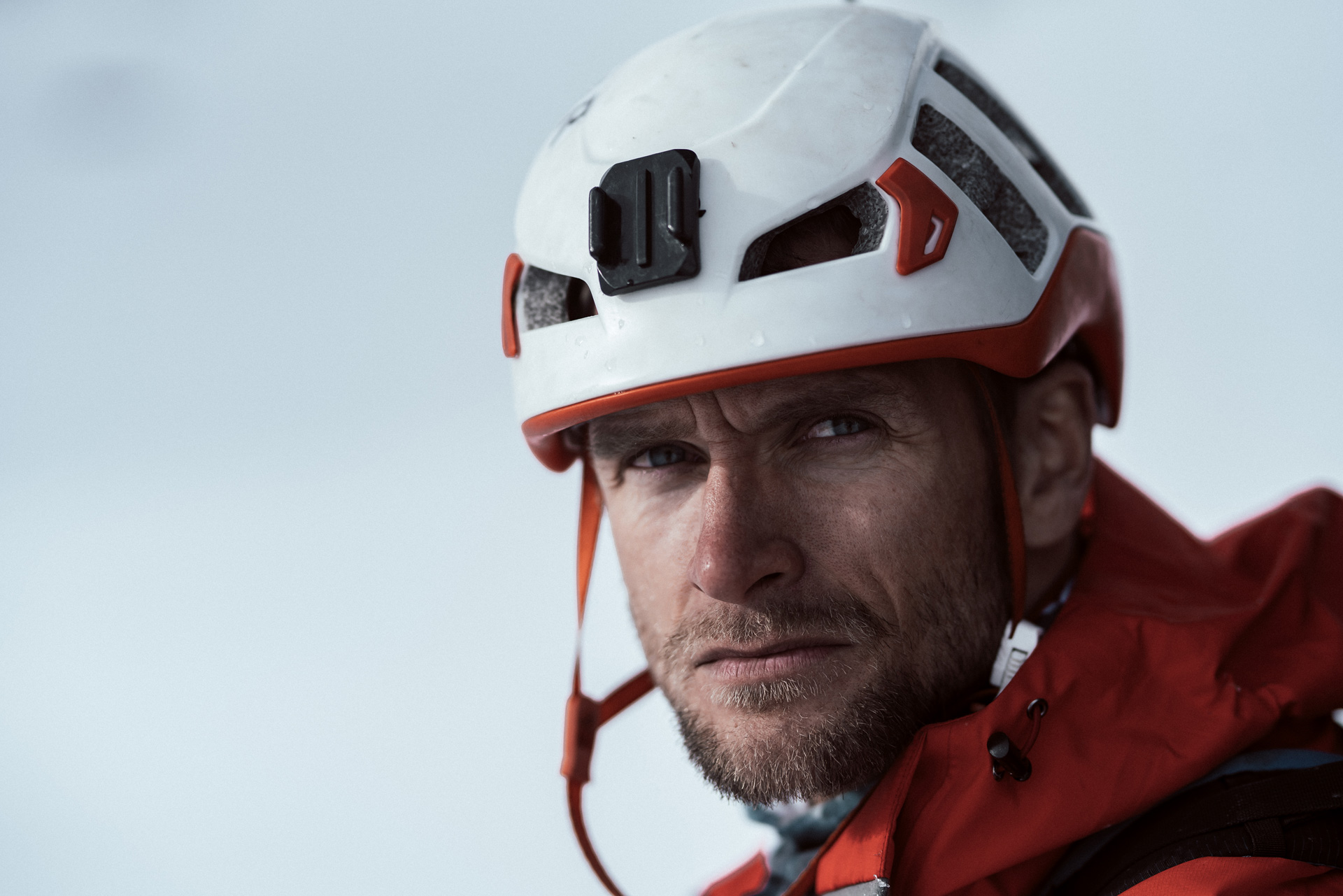
Does death ever come into your thought process?
I mention this in the film actually. You can potentially have one friend die, one day, and then the next day you’re literally jumping again. For me, that’s what’s amazing about BASE jumping. That it makes you willing to go back at it straight away. But, also, it shows the reality that if you fuck up it can end in death.
“You can potentially have one friend die… and then the next day you’re literally jumping again”
The saying the BASE jumping community has is that ‘you don’t want to end up on the list’. There’s a list of people who are potentially charging too hard, and people think “if you keep on going the way you’re going, you’re going to die.”
There’s that list. And there’s a list, an actual list, of people who’ve died doing it. It explains their mistakes, and how they died. You can read it, and you can learn from it. It’s interesting.
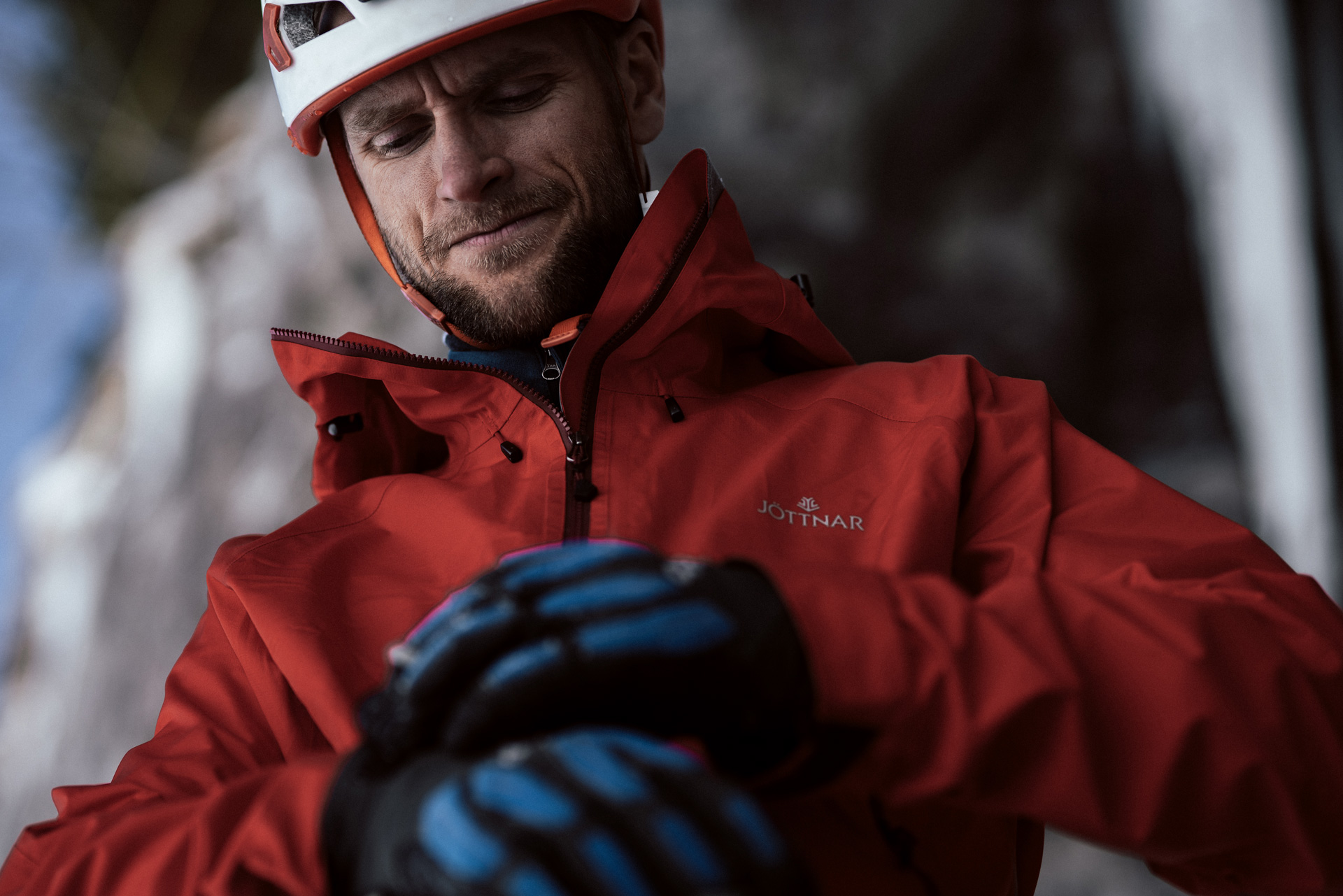
So, you’re constantly managing the balance between risk and reward?
100%, man. For me, it’s all about mitigating everything as much as possible. You’ll come up with an idea, and be thinking I don’t want to just get away with this. I want to do it, and have tonnes of room for margin of error.
Whether that involves training, or learning new skills, or building up your existing skills, or – in the case of this film – learning to ice climb properly, there’s so many parts that can come together in a project. If you can pull it all off, and you’ve got loads of spare fuel in the tank you know you’ve done it well.
What do your friends and family think of your BASE jumping?
So, my wife actually BASE jumps with me. To a really high standard as well. Also, most of my friends are BASE jumpers. And, if they’re not BASE jumpers they’re either in the military or climbers and mountaineers. I’m lucky in the sense that basically my entire friendship group understand risk.
“My wife actually BASE jumps with me”
In terms of my parents, I took them to watch my wife and I jump. After that, I think their views of it changed quite a lot. They saw how much focus, and preparation, we put into it. My mum said she didn’t realise how calm it would all be.
They obviously never pressured me to get into BASE jumping. I don’t think any parents would. But, from a young age, especially my dad – he encouraged me to take calculated risks during my early days of mountain biking and climbing. I remember one day there was scaffolding up on the chimneys so he told me to climb up the scaffolding and climb from one chimney to another. He definitely loves a bit of risk.
Has your dad ever been tempted to do a BASE jump with you?
So, he was actually in the paratroopers. He’s done his fair share of parachuting.
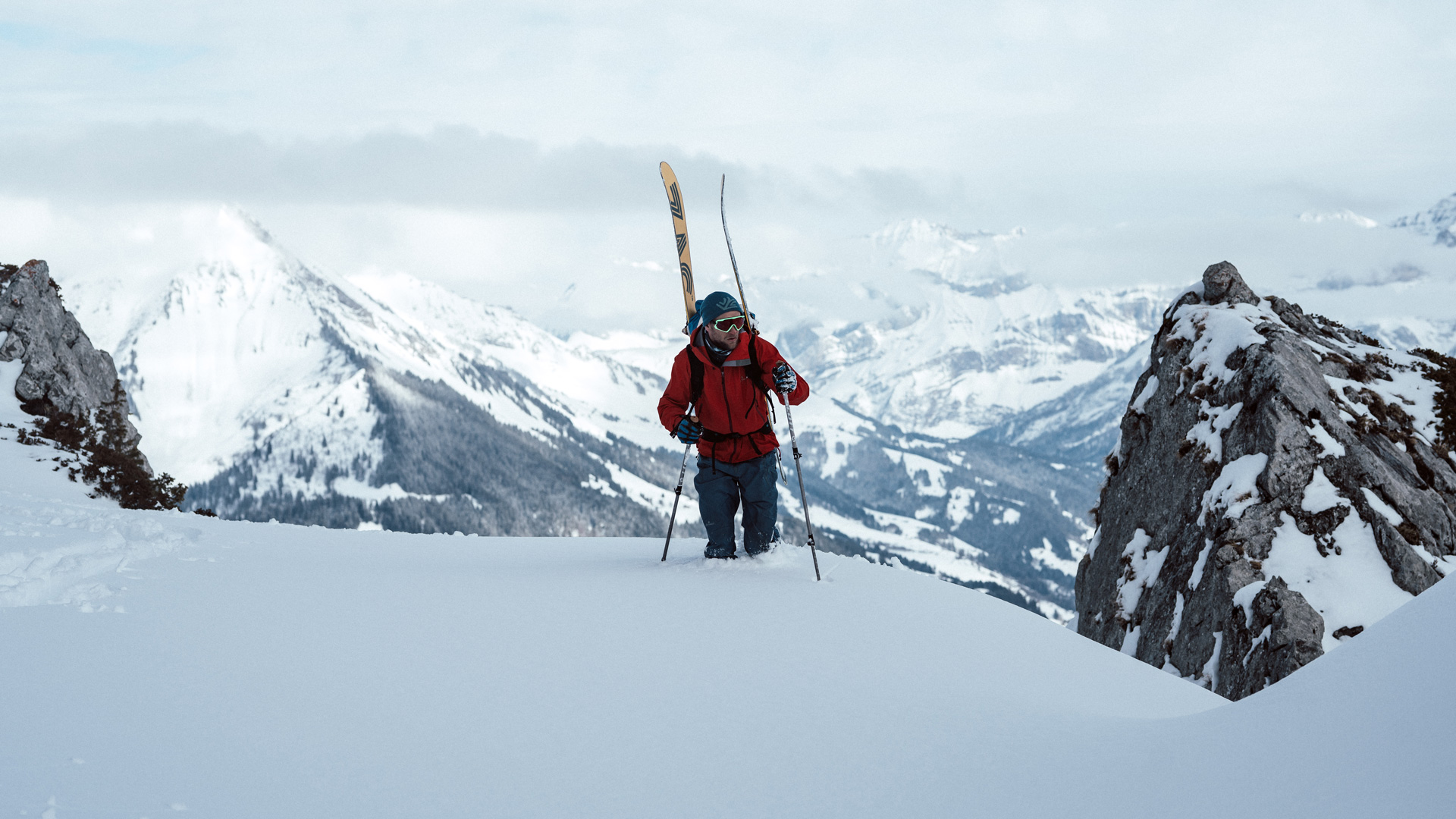
What’s your next big project? What’s the next thing on the bucket list?
There’s quite a few. We were supposed to tick off a few this year but obviously, with everything that happened, there were some complications. We were going to visit a few countries, and mountains, I’ve visited before and do things I’d never done. I wanted to become the first person to wingsuit in that country.
“I want to jump in the Northern Lights”
We’re looking at Malawi, Kenya, and a few other bits and pieces. I want to jump in the Northern Lights, try and do the most northern BASE jump, and also find a wingsuit exit point off the top of Mount Kenya. There’s definitely a few things on the list.
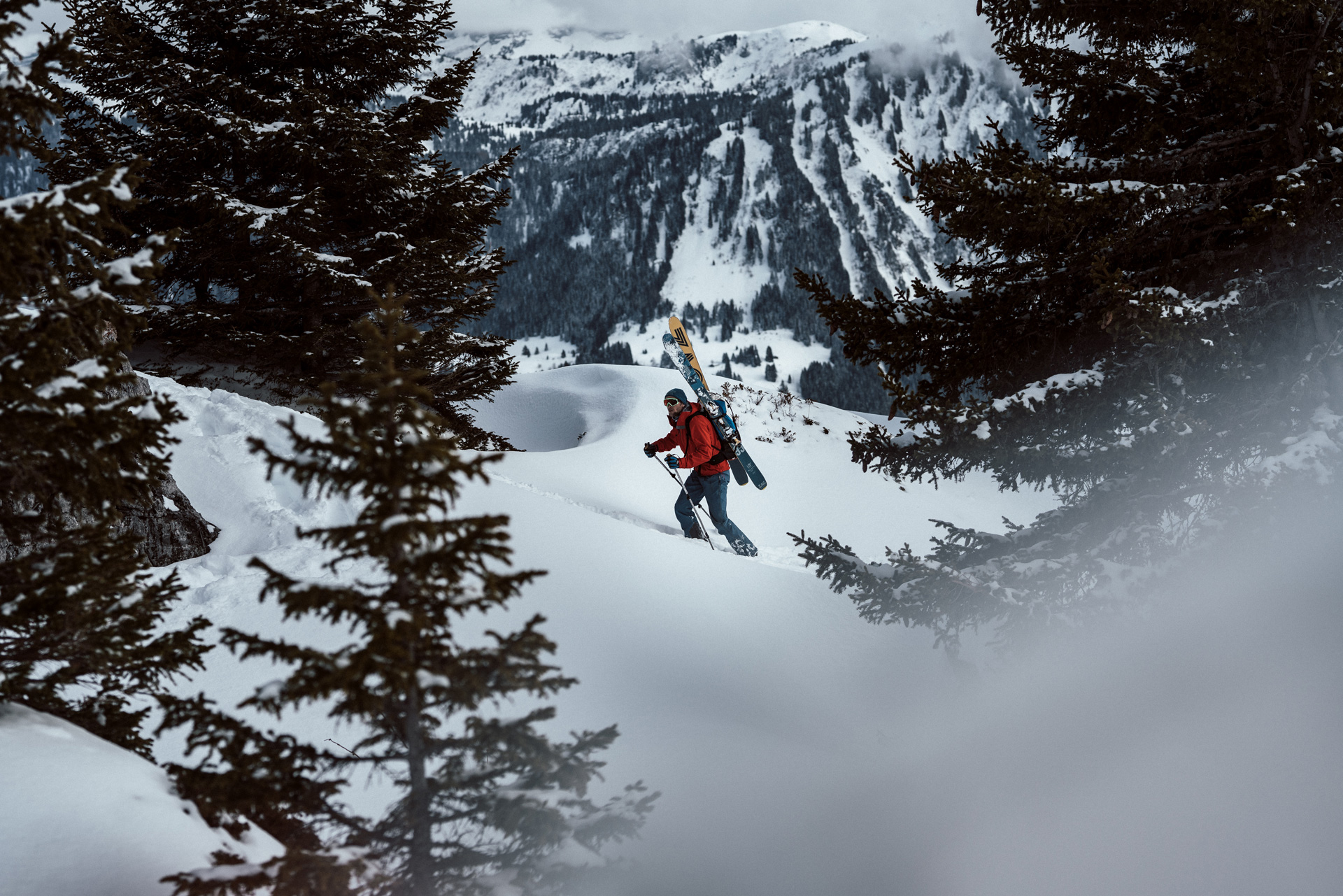
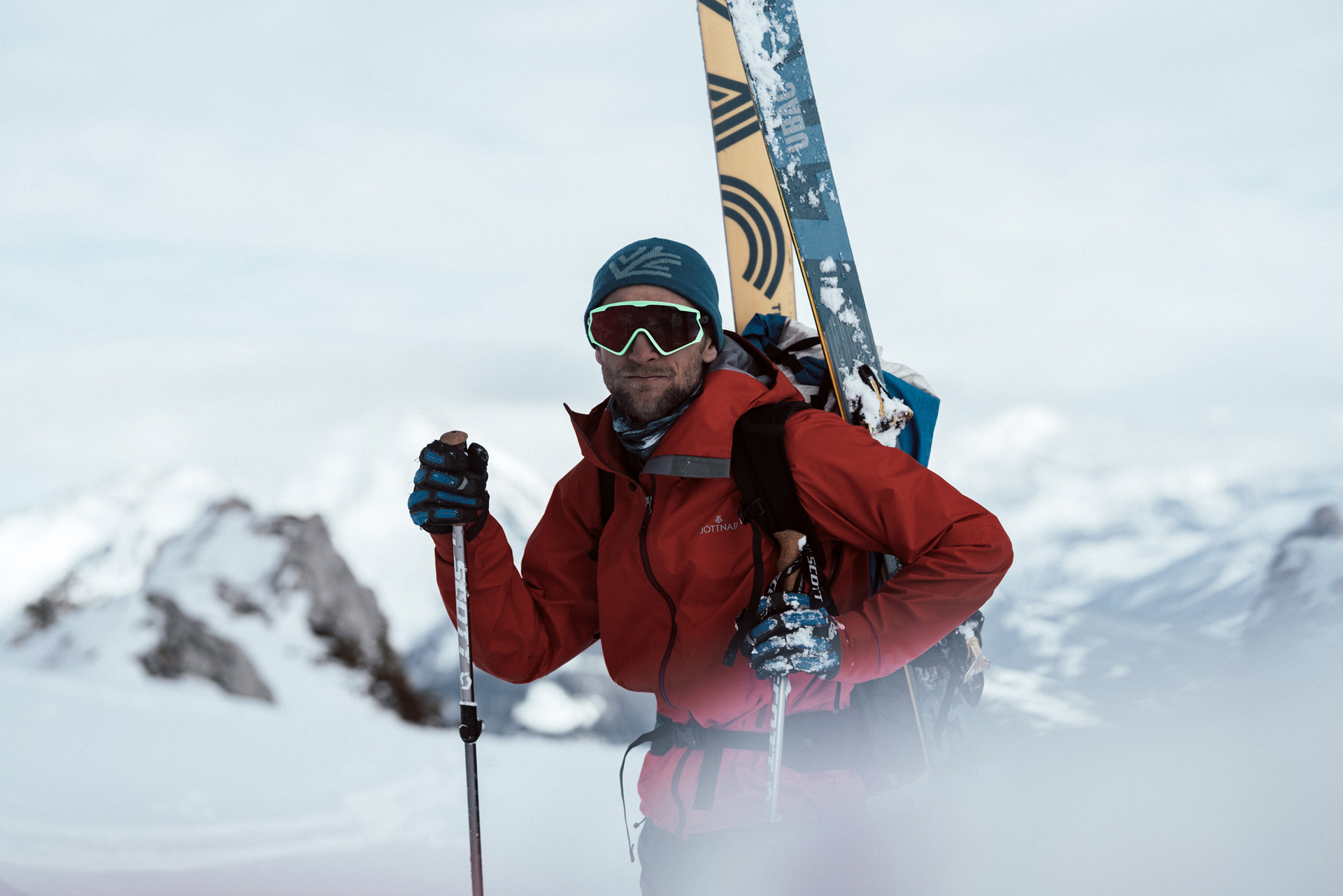
You May Also Like
Shutter Life | Photographer Finn Pomeroy’s Life Behind The Lens
Runner vs. Base Jumper | Kilian Jornet and Tom Erik Heimen Go Head To Head In Norway
